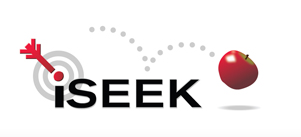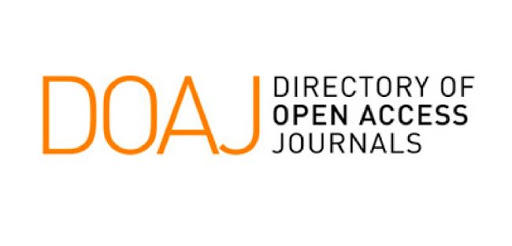Paper ID : SMJ0301215501207 | View : 18

Abstract : Study aimed at classifying related factors by biplot analysis of oral carcinoma patients at Hospital Universiti Sains Malaysia. Medical history of chosen patients treated with oral carcinoma in oral and maxillofacial surgery (OMFS) unit. Histopathology, lesion site, TNM stage, age group, and pathology variables were selected. Salivary gland lesions are very poorly differentiated, buccal mucosal lesions are well differentiated, while mouth, palate, tongue, and surface lip lesions are near to moderately differentiated. Stage II cases were mainly well-differentiated, Stage IV cases were moderately-differentiated, and Stage III cases were poorly differentiated. Most of Stage I cases are from the maxilla, Stage II is close to the salivary gland and mandible, Stage III is close to the palate, and Stage IV is associated with tongue, mouth floor and buccal mucosa. Salivary gland and mandible are the most prominent lesion sites below 30 and 50-59. Usually, tongue cancer grows at 30-39. Typical oral cancer sites are palate and buccal mucosa for patients aged 60 and 40-49. Squamous and adenoid cystic carcinoma are common in patients <30 and >60. Mucoepidermoid carcinoma was observed primarily in patients aged 40-49 to 30-39 years. Oral cancers were 78% squamous cell carcinoma and 55% oral tongue cancers. This also highlights the need for early diagnosis and oral cancer care by comprehensive institutionalised oral cancer education and risk factor awareness, particularly for teenagers.










